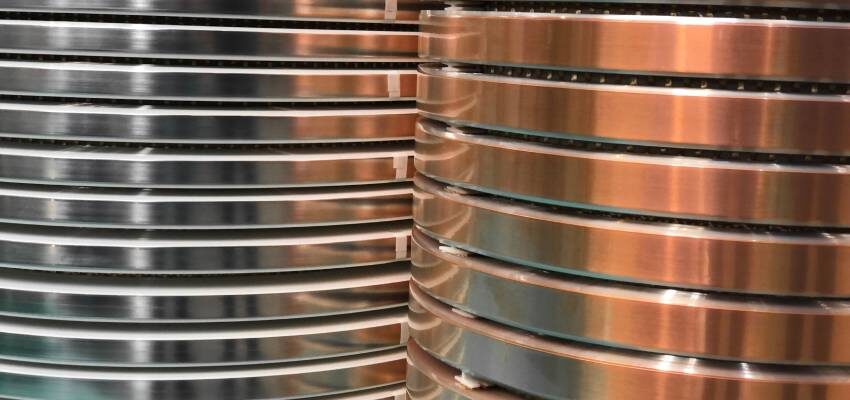
Aluminium transformer vs copper transformer: A technical and economic comparison
The possible applications for dry-type transformers are multiple and versatile.
byMarco Bianchetti

The possible applications for dry-type transformers are multiple and versatile. Together with the choice of the correct technology and execution, it is quite often under discussion which one can be the best solution for a conductor if using aluminium or copper to have the best result in terms of performances. The analysis must be carried on considering different topics we are deepening here.
Historically, copper was the preferred conductor for electrical transmission and machines because it was a very readily available material, easy to work with and, importantly, an exceptional conductor of electricity
Development of aluminium windings
Historically, copper was the preferred conductor for electrical transmission and machines because it was a very readily available material, easy to work with and, importantly, an exceptional conductor of electricity.
During World War II, the demand from the arms industry led to an acute shortage of copper for other uses. Electrical equipment manufacturers needed an alternative material, and aluminium was an obvious choice mainly because it was (and still is) one of the most abundant metals on the planet, and it has excellent thermal and electrical conductivity.
The choice of material – copper or aluminium, mainly depends on the technical project specification or client preference, and both materials have their pros and cons
#aluminium#copper#Marco Bianchetti







